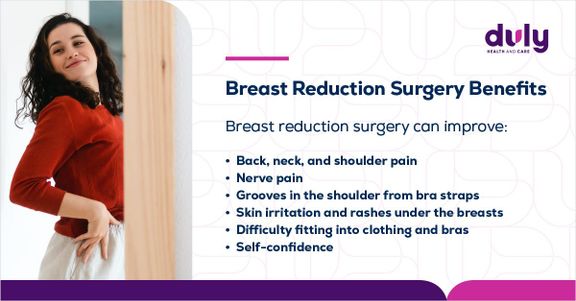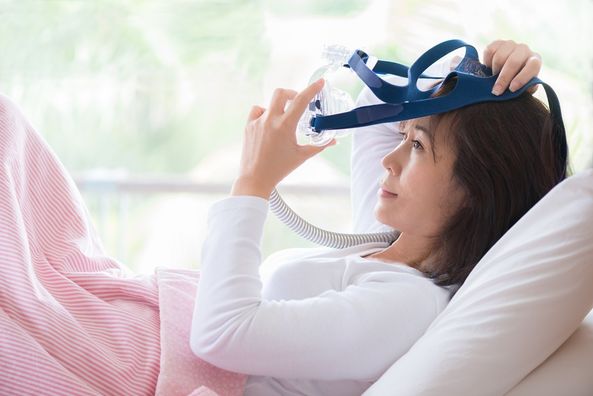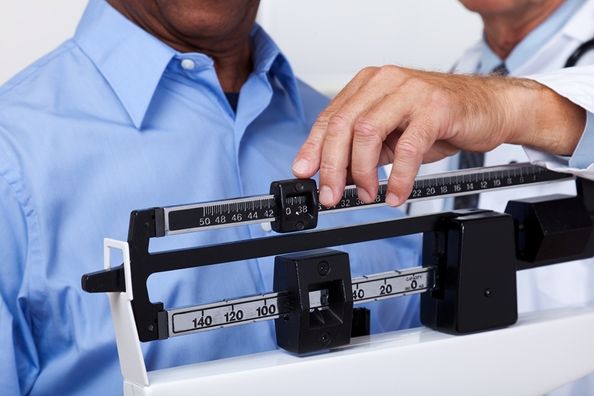At some point in their lives, most people have experienced back pain. It’s one of the most common reasons for missing work and seeking medical care. It’s also the number one cause of disability worldwide.
While you might think of back pain as being caused by factors like muscle strains, arthritis, or injuries, it can also be caused by heavy breasts.
Heavy breasts can lead to chronic (lasting more than 3 months) back, neck, and shoulder pain. To ease this discomfort, some women turn to breast reduction surgery, a surgery that removes breast tissue, fat, and skin from the breasts.

Breast reduction surgery can improve:
- Back, neck, and shoulder pain
- Nerve pain
- Grooves in the shoulder from bra straps
- Skin irritation and rashes under the breasts
- Difficulty fitting into clothing and bras
- Self-confidence
Breast reductions have some of the highest patient satisfaction rates among all plastic surgery procedures. By removing the tissue that is weighing you down, you can find relief from your back pain and other discomfort related to heavy breasts.
Here’s what you should know about breast reduction and how it can ease your back pain.
What Is Breast Reduction Surgery?
A breast reduction — also called a reduction mammaplasty — is a procedure to reduce the size of your breasts.
One approach to breast reduction is through surgery. The surgeon will make an incision around the areola (the area around the nipple) as well as down each breast. In order to make the breasts smaller, they will remove extra fat, breast tissue, and skin. Finally, they will reshape and place the breast. This is called a breast lift, and it’s a part of every breast reduction.
Usually, the nipple and areola will remain attached to the breast. However, with very large breasts, the surgeon may remove them. Then, they’ll recreate them using a procedure called nipple reconstruction, which uses incisions to form the nipples and tattoos to create the areolas.
Another approach to breast reduction is using liposuction to take out fat from the breasts. While this option leads to less scarring, only women who are seeking minimal reduction and no skin removal are ideal candidates for this approach.
Looking to reduce your back pain with breast reduction surgery? Schedule an appointment with a Duly Aesthetics Plastic Surgeon today.
How Can Breast Reduction Surgery Reduce Back Pain?
Heavy breasts can put a strain on your body, especially your neck, back, and shoulders. This is particularly true if breasts sag lower than your ribs and over your abdomen area.
The excess weight of heavy breasts can lead to poor posture, causing your shoulders to roll forward. This can put a strain on the upper and lower back muscles, which support your chest when you bend forward. Over time, this can lead to chronic back, neck, and shoulder pain.
By reducing the weight of the breasts and lifting them up on your chest, it reduces the strain on your back and relieves pain.
Keep in mind — there’s no perfect breast size that will ease the pain. Instead, your surgeon will work with you to determine the appropriate size based on your individual anatomy.
Because the weight comes off immediately during a breast reduction surgery, you’ll notice the results right away. However, it can take months for swelling to subside completely. While results from a breast reduction are meant to last a long time, certain factors, like weight changes and pregnancy, can impact long-term breast size and shape.
When Should I Have Breast Reduction Surgery?
Your breasts undergo a lot of changes throughout your life due to things like aging, pregnancy, and weight fluctuations. There are certain reasons your healthcare provider may recommend waiting to have breast reduction surgery, including if you:
- Are young and have underdeveloped breasts
- Expect upcoming breast changes, such as with pregnancy or menopause
- Have goals of significant weight loss
- Plan to breastfeed in the future
To determine the best time to undergo breast reduction surgery, talk to your healthcare provider about your individual situation. They can help determine if and when you would be eligible for a breast reduction.
Find Relief From Back Pain With Breast Reduction Surgery
If heavy breasts are causing pain and discomfort in your daily life, you might benefit from breast reduction surgery. In addition to easing pain, you may experience other benefits, like improved energy, a newfound ability to engage in certain activities, and less pain from bra straps.
Back pain can be severely limiting in your life. By addressing the cause of your back pain with a breast reduction, you can get back to doing what you love.
Health Topics:








